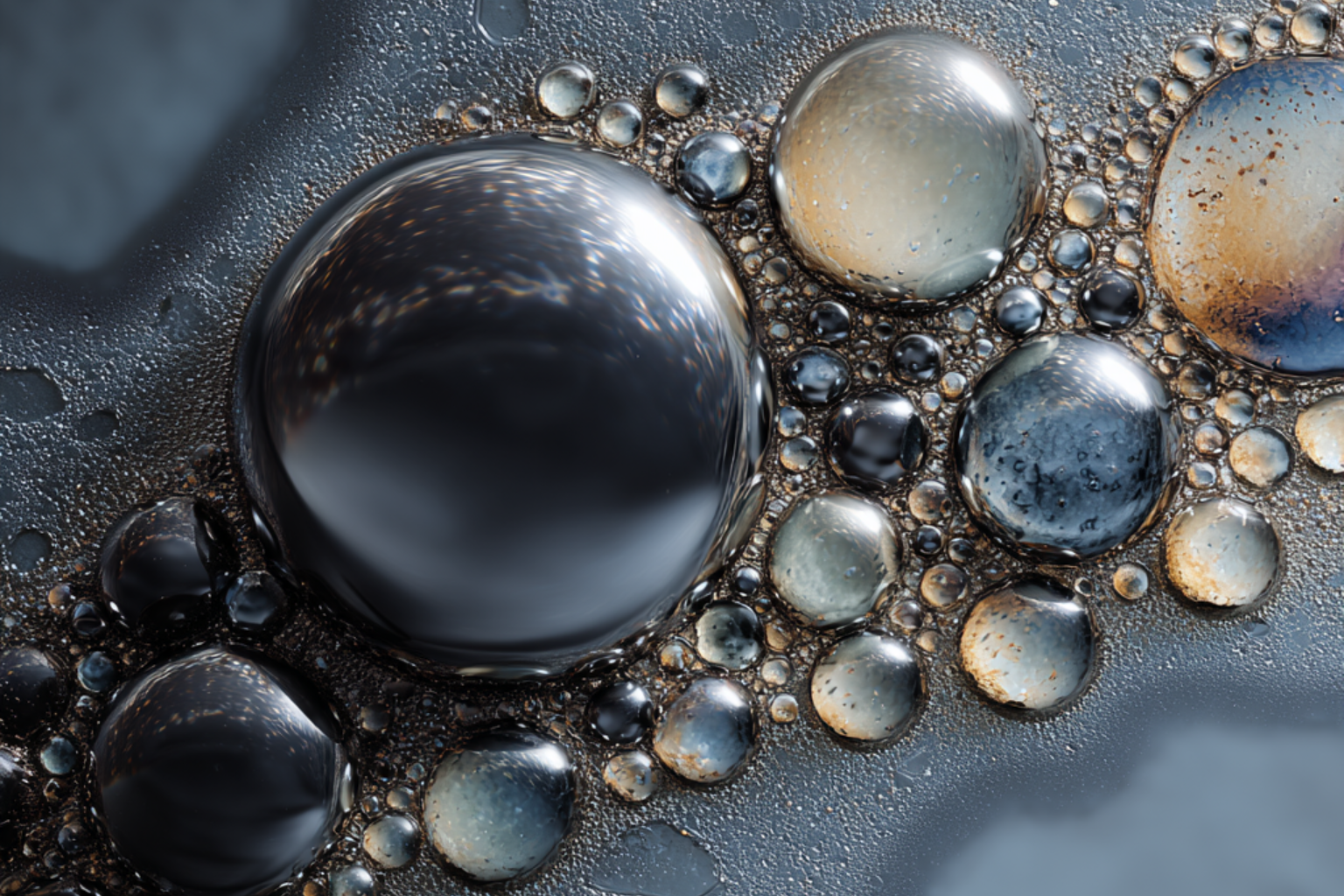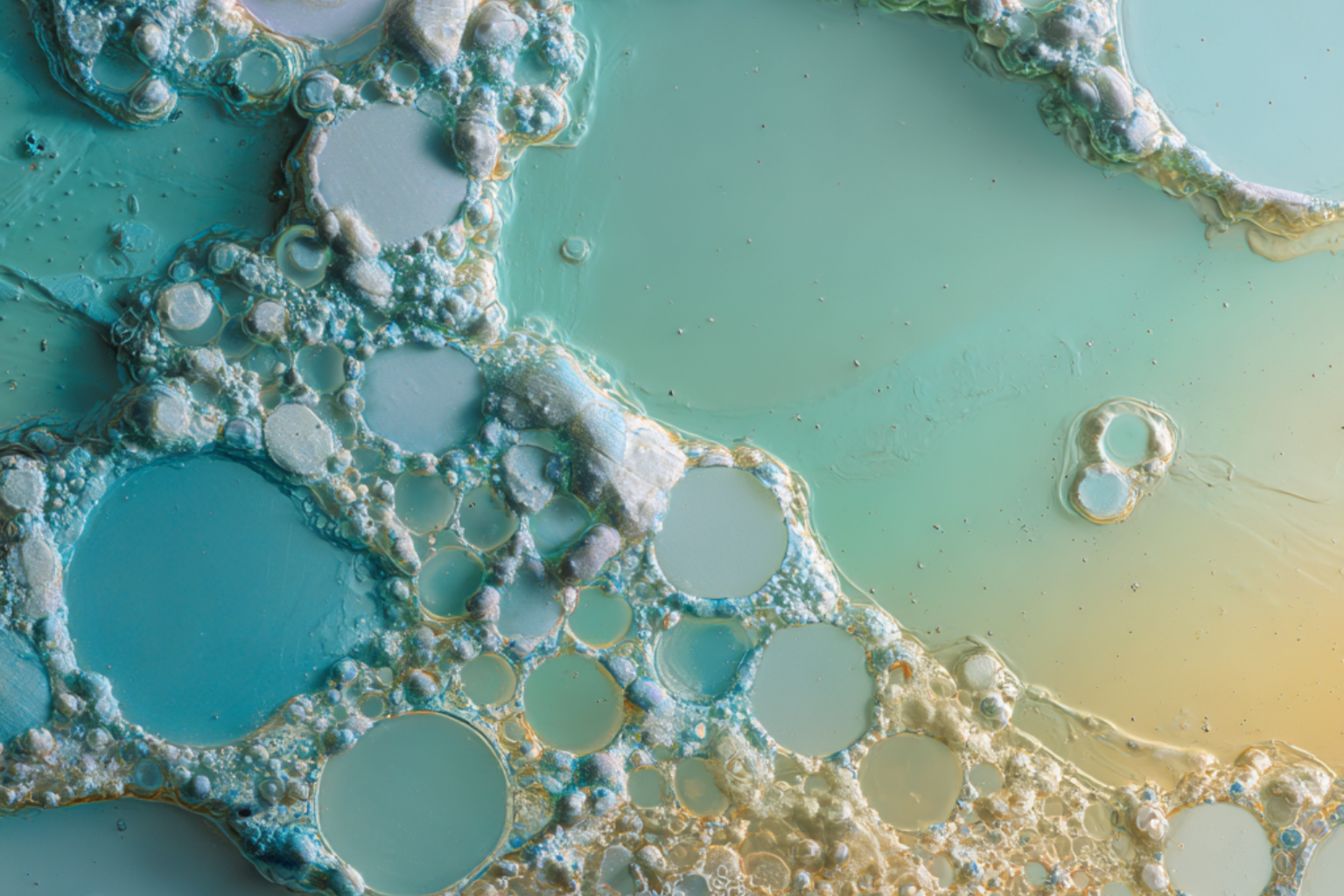What is Trichloroethylene?
Trichloroethylene (commonly called TCE) is a volatile organic compound (VOC) and a recognized human carcinogen. It was once widely used in industry and households as a degreaser for metal parts, a dry-cleaning solvent, and even an anesthetic. Today, its use has been restricted in many regions, though it is still applied in some chemical manufacturing processes, such as the production of refrigerants.
TCE is a colorless, non-flammable liquid with a sweet, chloroform-like smell when concentrated. It evaporates quickly and can contaminate both air and groundwater, which makes it a persistent environmental and public health concern.
How Does TCE Get Into Tap Water?
Historically, industrial facilities and military sites disposed of TCE on-site, where it seeped into soil and groundwater. Because TCE breaks down very slowly, it can remain in underground aquifers for decades, leaching into private wells and public water systems.
According to the Agency for Toxic Substances and Disease Registry (ATSDR), exposure can occur not only from drinking contaminated water but also from inhalation during bathing, showering, or washing dishes, as the chemical easily evaporates into the air. This makes household exposure especially concerning, as people may unknowingly inhale TCE in addition to ingesting it.
Health Risks Linked to TCE Exposure
TCE exposure is associated with a wide range of serious health problems. The World Health Organization (WHO), U.S. Environmental Protection Agency (EPA), and the International Agency for Research on Cancer (IARC) all classify TCE as a known human carcinogen.
Health effects include:
-
Cancer: Linked to kidney cancer, liver cancer, and non-Hodgkin lymphoma.
-
Neurological damage: Long-term exposure increases risk of Parkinson’s disease, with a 2023 JAMA Neurologystudy showing a 70% increased risk after only two years of high exposure.
-
Reproductive harm: Damage to male fertility, hormonal disruption, and developmental effects on the fetus.
-
Immune system impairment: Reduced immune response and greater risk of infections.
-
Other effects: Liver and kidney toxicity, dizziness, headaches, and in severe exposures, organ damage or death.
Who is most at risk?
-
Pregnant women and developing fetuses: TCE crosses the placenta and has been linked to miscarriage, low birth weight, and developmental issues.
-
Infants and children: More vulnerable to nervous system and developmental impacts.
-
Workers and communities near industrial or military sites: Historically exposed through contaminated groundwater or air emissions.
How to Protect Yourself From TCE in Water
Unfortunately, most standard water treatment facilities and basic pitcher filters do not effectively remove TCE. Because it evaporates easily, even boiling water is not a safe method of removal — it may actually worsen exposure by releasing TCE vapors into your home.
The most effective way to reduce exposure is through advanced home filtration systems:
-
Granular Activated Carbon (GAC) filters
-
Carbon block filters
-
Multi-stage filtration systems independently tested against VOCs
Our advanced filtration systems are designed to target and reduce volatile organic compounds like TCE along with hundreds of other harmful contaminants. Third-party lab testing confirms their ability to safeguard your household from chemical pollutants that traditional filters cannot remove.





Leave a comment
This site is protected by hCaptcha and the hCaptcha Privacy Policy and Terms of Service apply.